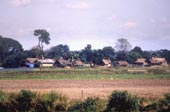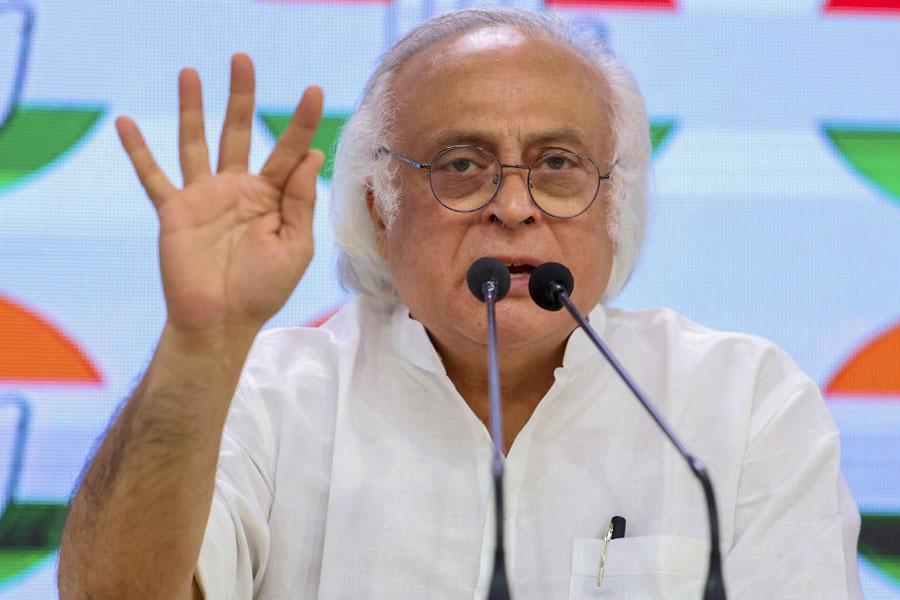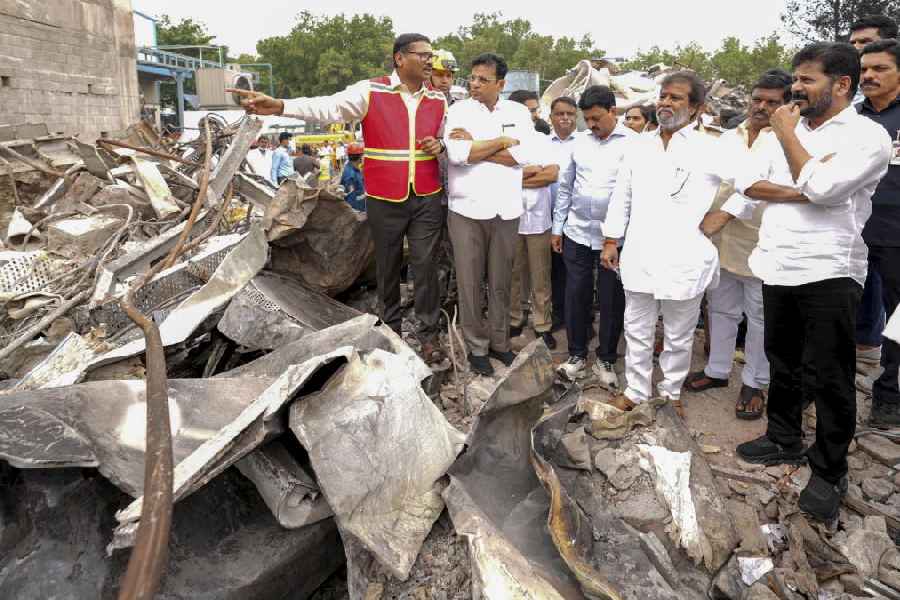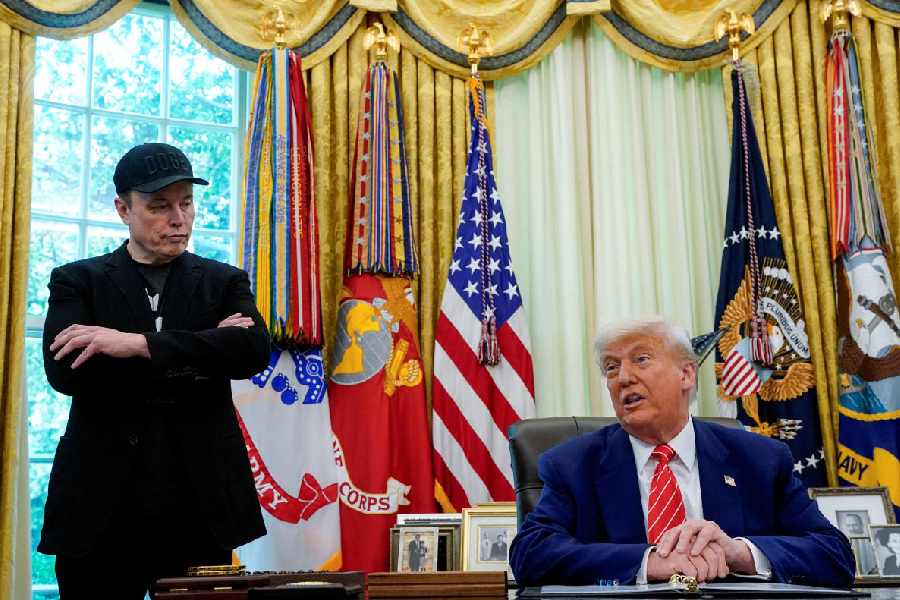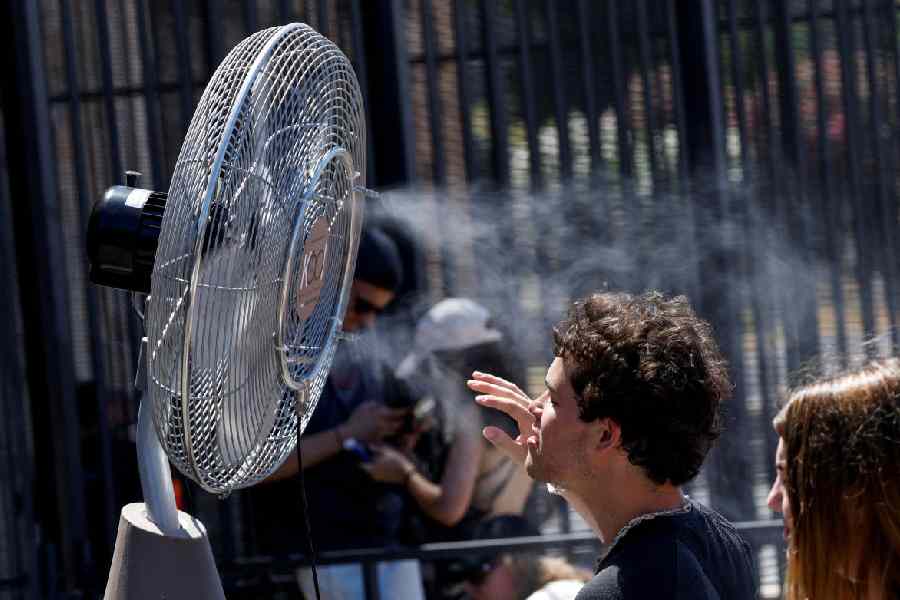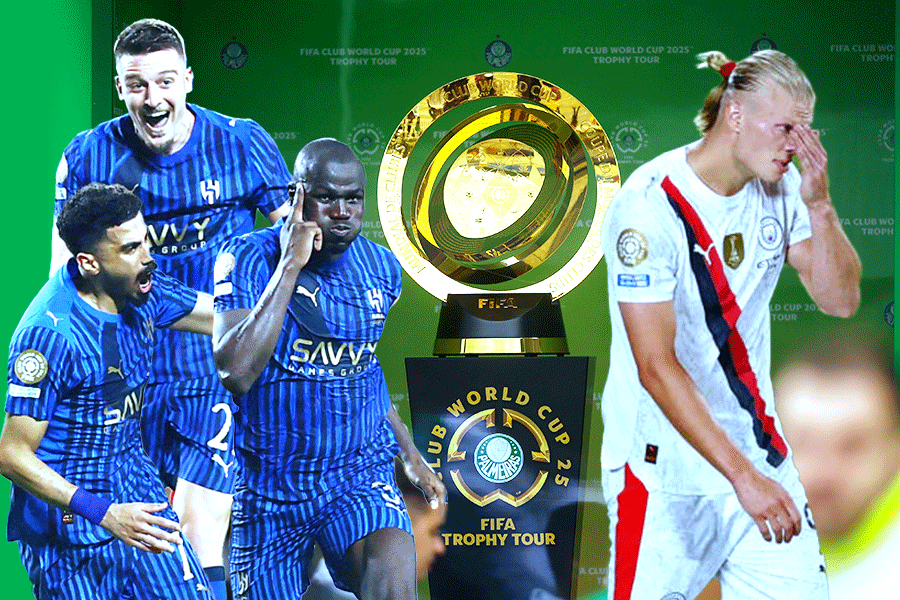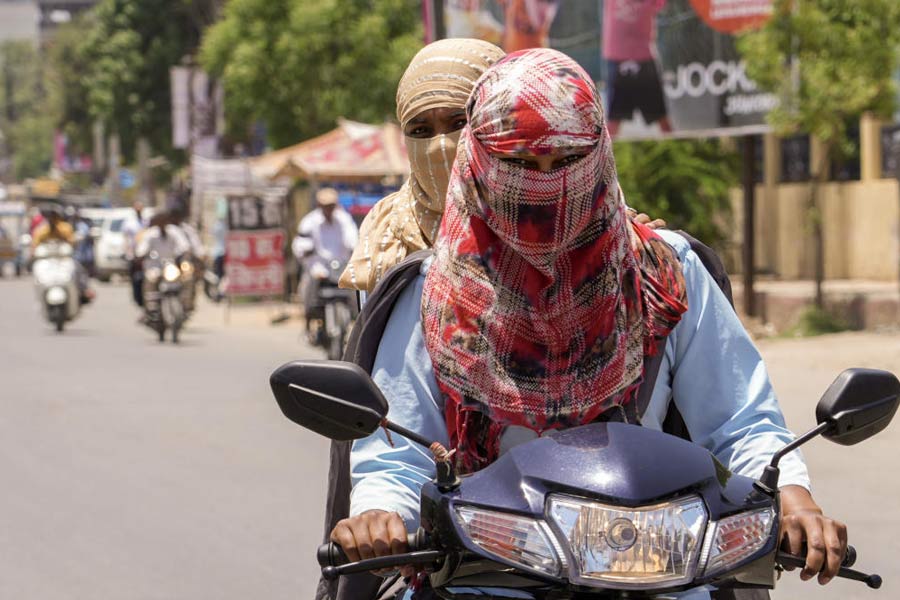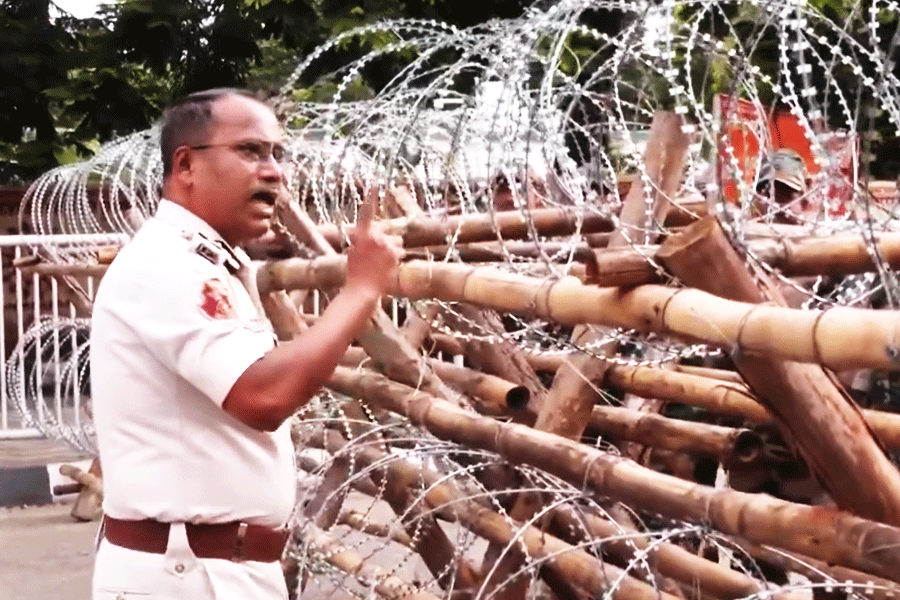 |
| A village in Goalpara. Picture by S.H. Patgiri |
The cultural achievements of the Kamata kingdom, which included undivided Goalpara district, were remarkable
The ancient history of Assam establishes that the district of undivided Goalpara was part of the vast Kamata kingdom. The district was then known as Ratnapith, in accordance with the meritorious deeds of its people.
Kamatapur, the capital of Kamata kingdom whose boundaries stretched from the river Sankosh to Koratoya (now in Bangladesh), was the nerve centre of Assamese culture in the pre-Sankari era. Its achievements in the spheres of arts and literature were remarkable.
Eminent Vaishnav poets like Hema Saraswati, Ratna Saraswati and Harihar Bipra were patronised by king Durlava Narayan, one of the most enlightened Koch kings of the Kamata kingdom. Mahapurush Sankar Deva received patronage from king Naranarayana.
The present Madhupur Satra in Koch Behar and Satrasal in Goalpara district (now in Dhubri district) bear testimony to the social and religious activities of Sankardev in this region.
Thus, the influence of Assamese culture in the erstwhile Goalpara district can in no way be denied. But it has been shamefully neglected and had remained unknown to other parts of Assam for a long time.
It is a matter of regret that very little attention has been paid to the culture and tradition of this region. But efforts are being made by some individuals and organisations to preserve it now.
In this context, the names of late Rajkumari Niharbala Barua, late Nilima Barua (sister of P.C. Barua, the eminent actor and director of Indian cinema), Shibendra Mandal, Ajoy Kumar Chakraborty and late Shibananda Sharma deserve mention for their sincere and valuable contribution to the art and culture of the district.
Birendra Nath Datta deserves special mention in the field of folklore research. Bhupen Hazarika had first presented the folk songs of Goalpara in his film Era Bator Sur. He had introduced the most popular folk singer of the district, Pratima Barua Pandey, who went on to receive both the Sangeet Natak Akademi award and the Padmashri.
It is also to the credit of the indigenous people of the district that they have maintained their identity and cultural heritage in the face of the winds of change.
An interesting study in this respect is the dialect of Goalpara. Despite the fact that this district could not remain unaffected from diverse influences, the dialects have a common entity.
A characteristic of the Goalpariya dialect is that it is a composite one into which words of different concerns and regions have been amalgamated.
Here, I shall concern myself with the dialect of the people who call themselves deshi, leaving out the Bodos, Ravas, Mechs and other inhabitants. The section of population I am alluding to is by far the most dominant section of Goalpara and prefer to call their dialect deshi bhasa.
These people are known as Rajbonshi, which means men of royal descent who are Koch in origin. The views of Grierson, the eminent historian, is worth quoting in this context. He writes, ?The dialect of western and southern Goalpara in Assam is pure Rajbonshi.? As stated above, this dialect is the result of intermingling.
I shall mention some current words to substantiate my point. For example, the word kechha. Several years ago, a folk singer of Goalpara district used to come and sing at our place. One day he chose to sing the kechha geet. We did not approve, apprehending that the song might contain obscenities. But the man explained that kechha geet were ballads.
I am inclined to think that the word kechha, meaning story, could have been derived from the Urdu word kissa and transformed itself into the Goalpariya dialect. The Urdu influence may be traced to the Mughal general, Mir Jumla, who, during his invasion of Assam, had pitched his military camp at Panibari, now in Dhubri district. It can be concluded that a section of the Mughals had settled in the district and the process of acculturation followed.
There are other Arabic, Persian and Urdu words in use in the undivided Goalpara district area such as roshan, haram, nasta, chacha, chachi, bhabi, nana and nani. These are particularly used by the Muslim community of the area.
Now I shall come to the variation rising from the dialects of this district. Nobody can deny the fact that geographical environment influences language. In fact, differences in dialects are bound to occur when there is a physical separation in terms of distance.
According to Birendra Nath Datta, the outgoing president of the Asom Sahitya Sabha, the district can roughly be divided into two zones, the eastern and the western, on the basis of variation in their dialects. The eastern zone is contiguous to the district of Kamrup and the western zone is closer to north Bengal.
Thus, moi ahilo in Assamese becomes moiahilung in the eastern zone and moiasilong in the western zone. Moiahilung resembles the dialect of Kamrup district and differs a little from that of the west zone. As the eastern zone is close to Kamrup district, it could not keep itself aloof from the latter?s influence.
In this context, the following examples will serve to show that the dialect of these zones have many points in common with that of Kamrup.
Eastern Kamrup: 1. Api gila gharor para olaw 2. Bhal amta kaikhal
Western Kamrup: 1. Api gila gharar para ola. 2. Bhal atmu kai khalak.
The western zone on the other hand, being contiguous to North Bengal, could not remain unaffected from the Bengali influence. For example, Bengali words such as matha (head), pakhi (birds) and Assamese words such as duar (door), chuli (hair), bihan (morning), which were used in early Assamese, are used by the people of Goalpara.
There are some peculiarities in the dialect of Goalpara. For example, uyak aisa khaibe (he has to come), mok ei kamta or kajta kara khai (I have to do this work).
Again, sometimes ?L? becomes ?N? in western dialect ? thus lage becomes nage and lal becomes nal (red) ? infusing another different in the dialect.
In the Goalpariya dialect, expressions such as pet peta (rotten), tiktika (deep) are very common. It is interesting to note that the Maithili word angcha (garment), and Hindi words such as kawari (door) and damad (bridegroom) have directly entered into the Goalpariya dialect and are still found in the same form and carrying the same meaning.

